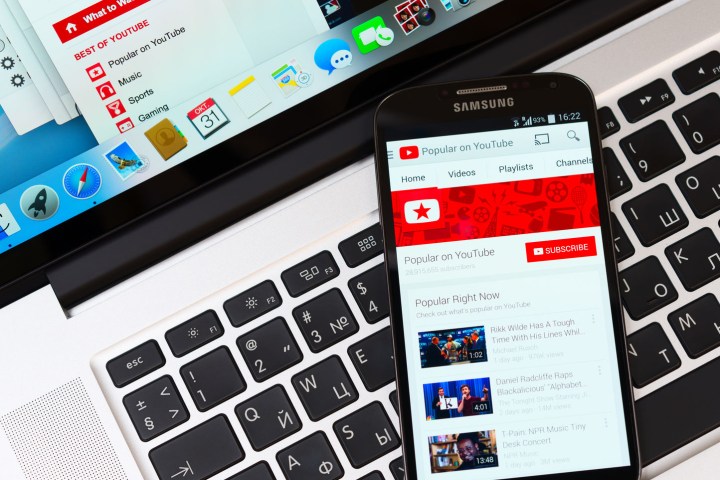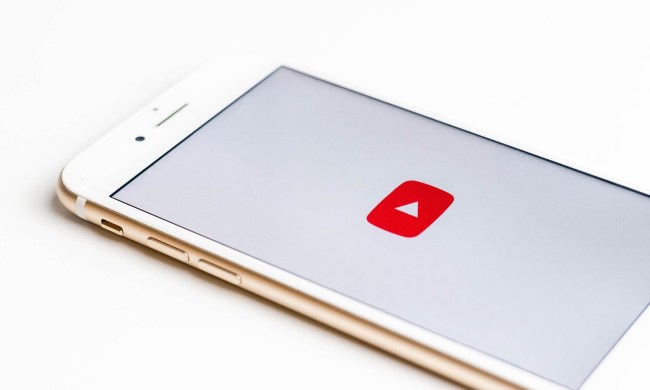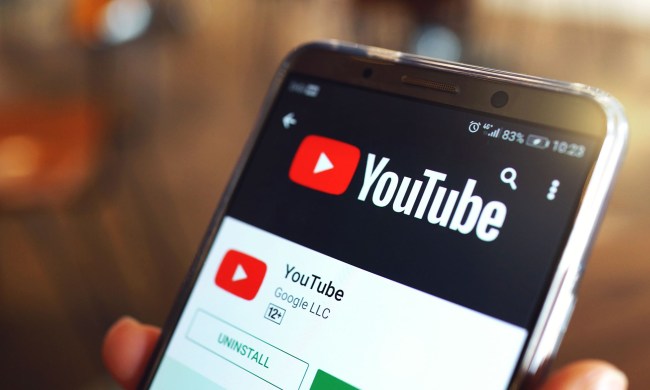
Wojcicki says that YouTube’s open platform helps create a creative platform with access to many different types of information, but the flip side of that openness leaves “bad actors” exploiting the system. While YouTube has already made several changes over the past year, including expanding machine-learning algorithms to catch more content that doesn’t follow the Community Guidelines and new guidelines for which videos can earn ad revenue, the upcoming year will see several more changes for the platform.
The company’s team of manual review staff has viewed almost 2 million videos in the last six months. Google will be adding to the YouTube review staff to bring the number of reviewers to over 10,000, the company said. As the human review staff works, the platform’s machine-learning program watches, learning from what the reviewer removes and what videos are approved. Along with reviewing the actual video itself, the team has also been busy removing comments and terminating accounts after advertisers left the program when their ads were shown with appropriate videos that attracted inappropriate comments.
Along with expanding staff, YouTube will train its machine-learning program used to flag extremist content to flag other types of inappropriate content as well. The system as is, correctly flagged 98 percent of videos that were taken off the platform. Along with improving accuracy, the system now flags 70 percent of those videos within the first eight hours after upload. YouTube says the software has done the equivalent of 180,000 people working a 40-hour week.
2018 will also see more regular reports about the Community Guidelines and how those regulations are enforced.
Creators and advertisers will see even more changes next year as YouTube designs a new approach entirely. While the company didn’t go into the specifics, Wojcicki said the changes will include stricter criteria and more human review. The platform will be working with both creators and advertisers as they rework the system, she said, with a goal to both provide stability to reputable channels and match ads with videos with similar values.
“We are taking these actions because it’s the right thing to do,” Wojcicki. “Creators make incredible content that builds global fan bases. Fans come to YouTube to watch, share, and engage with this content. Advertisers, who want to reach those people, fund this creator economy. Each of these groups is essential to YouTube’s creative ecosystem — none can thrive on YouTube without the other — and all three deserve our best efforts.”


